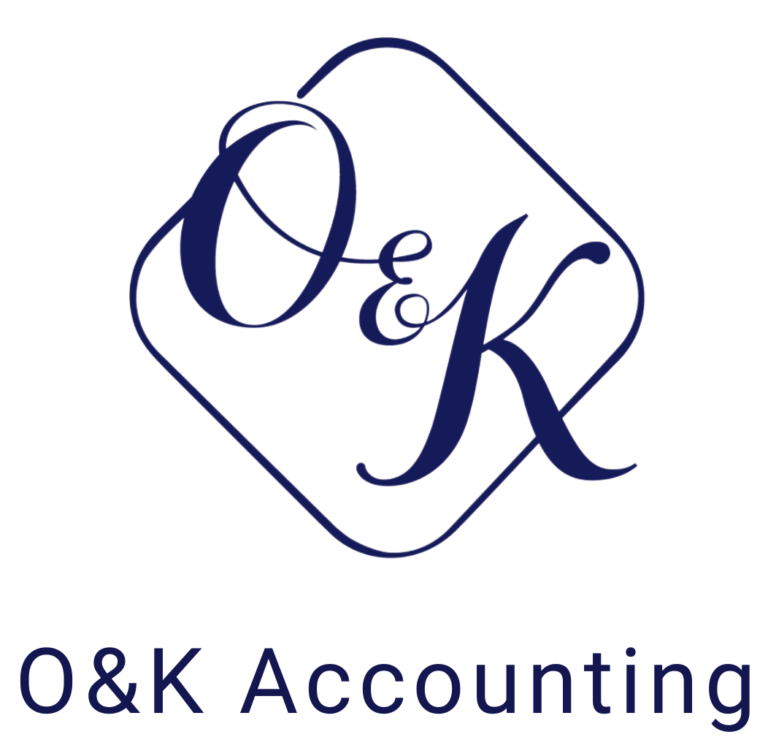Retirement planning is a critical part of long-term financial strategy, especially for business owners who don’t have access to traditional employer-sponsored plans. For those operating under an S Corporation structure, retirement planning involves unique opportunities and challenges. Understanding how S Corporations affect retirement contributions, tax treatment, and plan selection can help owners build a secure future while optimizing current income.

Retirement Planning Within an S Corporation Structure
An S Corporation is a pass-through entity, meaning its profits and losses flow directly to shareholders and are reported on their personal tax returns. This structure offers tax efficiency and flexibility, but it also influences how retirement contributions are made and deducted. Unlike sole proprietors or partners, S Corporation owners must receive compensation through payroll to qualify for certain retirement contributions.
This distinction matters because only W-2 wages—not distributions—count toward retirement plan eligibility. Business owners who pay themselves a reasonable salary can use that income to fund retirement accounts, while distributions remain excluded from contribution calculations.
Choosing the Right Retirement Plan
S Corporation owners have several retirement plan options, each with different contribution limits, tax benefits, and administrative requirements. The most common plans include:
1. Solo 401(k)
Ideal for single-owner businesses or those with only a spouse as an employee, the Solo 401(k) allows contributions as both employer and employee. Owners can contribute up to $22,500 as an employee (or $30,000 if age 50 or older), plus up to 25% of W-2 wages as the employer. This dual contribution structure enables high savings potential and tax deductions.
2. SEP IRA
Simpler to administer than a 401(k), the SEP IRA allows employer-only contributions up to 25% of wages, capped at $66,000 for 2023. However, it does not permit catch-up contributions and requires equal percentage contributions for all eligible employees, which may limit flexibility as the business grows.
3. SIMPLE IRA
Designed for small businesses with fewer than 100 employees, the SIMPLE IRA allows employee deferrals and employer matching. While easier to manage, the contribution limits are lower than other plans, making it less suitable for high-income owners seeking aggressive retirement savings.
Tax Implications and Strategic Benefits
Retirement planning through an S Corporation offers several tax advantages. Contributions made through payroll reduce taxable income and lower the overall tax burden. Employer contributions are deductible at the corporate level, while employee deferrals reduce personal income tax.
Additionally, retirement accounts grow tax-deferred, allowing business owners to accumulate wealth without immediate tax consequences. This long-term compounding effect is especially valuable for entrepreneurs who reinvest profits and delay withdrawals until retirement.
However, to maximize these benefits, owners must ensure they are paying themselves a reasonable salary. Underpaying wages to increase distributions may reduce retirement contribution limits and attract IRS scrutiny. Balancing salary and distributions is key to maintaining compliance and optimizing retirement planning.
Planning for Business Succession and Exit
Retirement planning for S Corporation owners also involves preparing for business succession or exit. Whether selling the company, transferring ownership, or dissolving operations, having a retirement plan in place ensures financial stability beyond the business. Contributions made over time can supplement proceeds from a sale or provide income during a transition.
Owners should also consider integrating retirement planning with estate planning, especially if the business is family-owned. Coordinating beneficiary designations, trust structures, and tax strategies can protect assets and support generational wealth.
Conclusion
S Corporations offer powerful tools for retirement planning, but they require intentional strategy and disciplined execution. By choosing the right plan, paying a reasonable salary, and leveraging tax advantages, business owners can build a secure retirement while maintaining operational flexibility. Whether you’re just starting or preparing for succession, aligning your S Corporation structure with your retirement goals is a smart move for long-term success.





